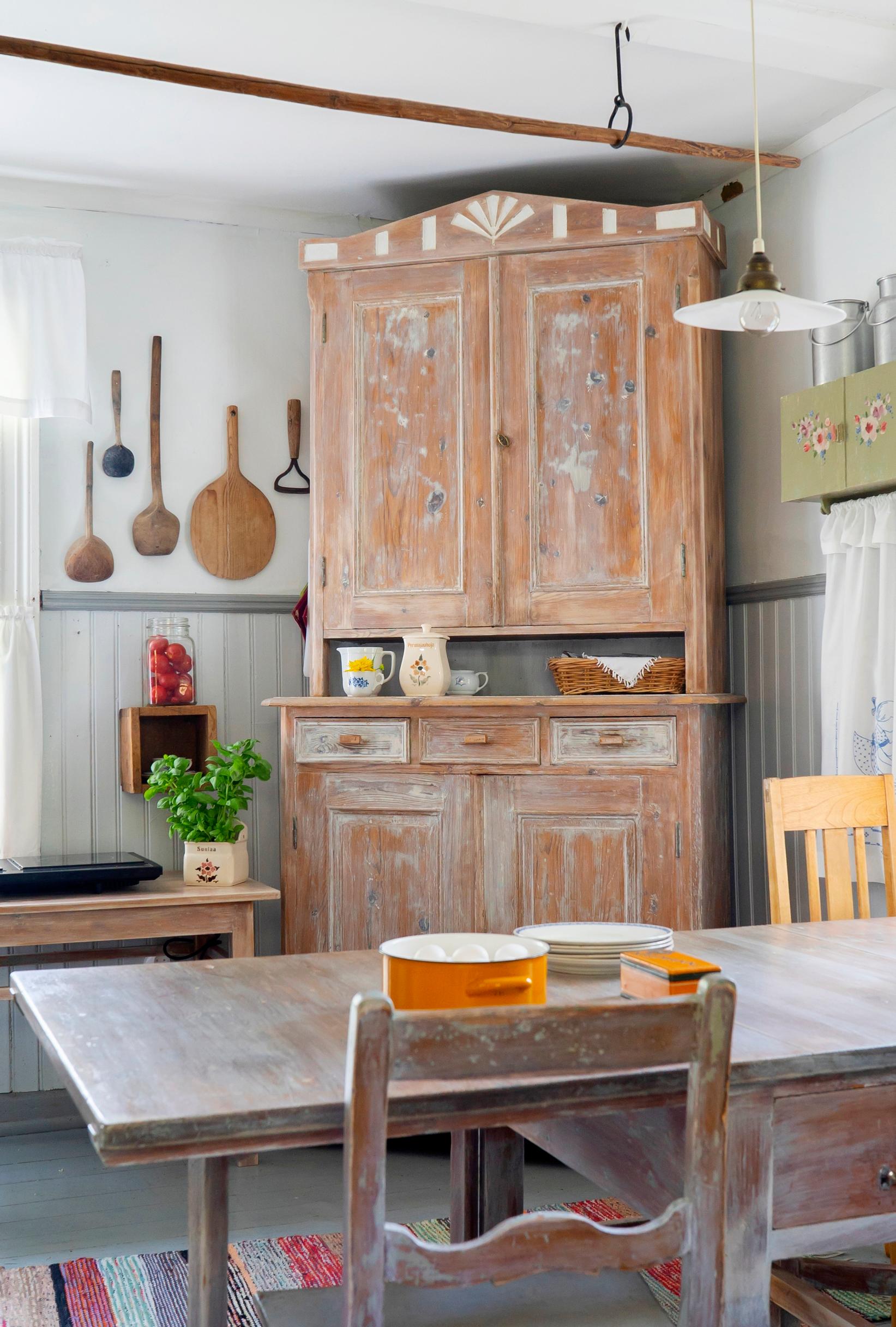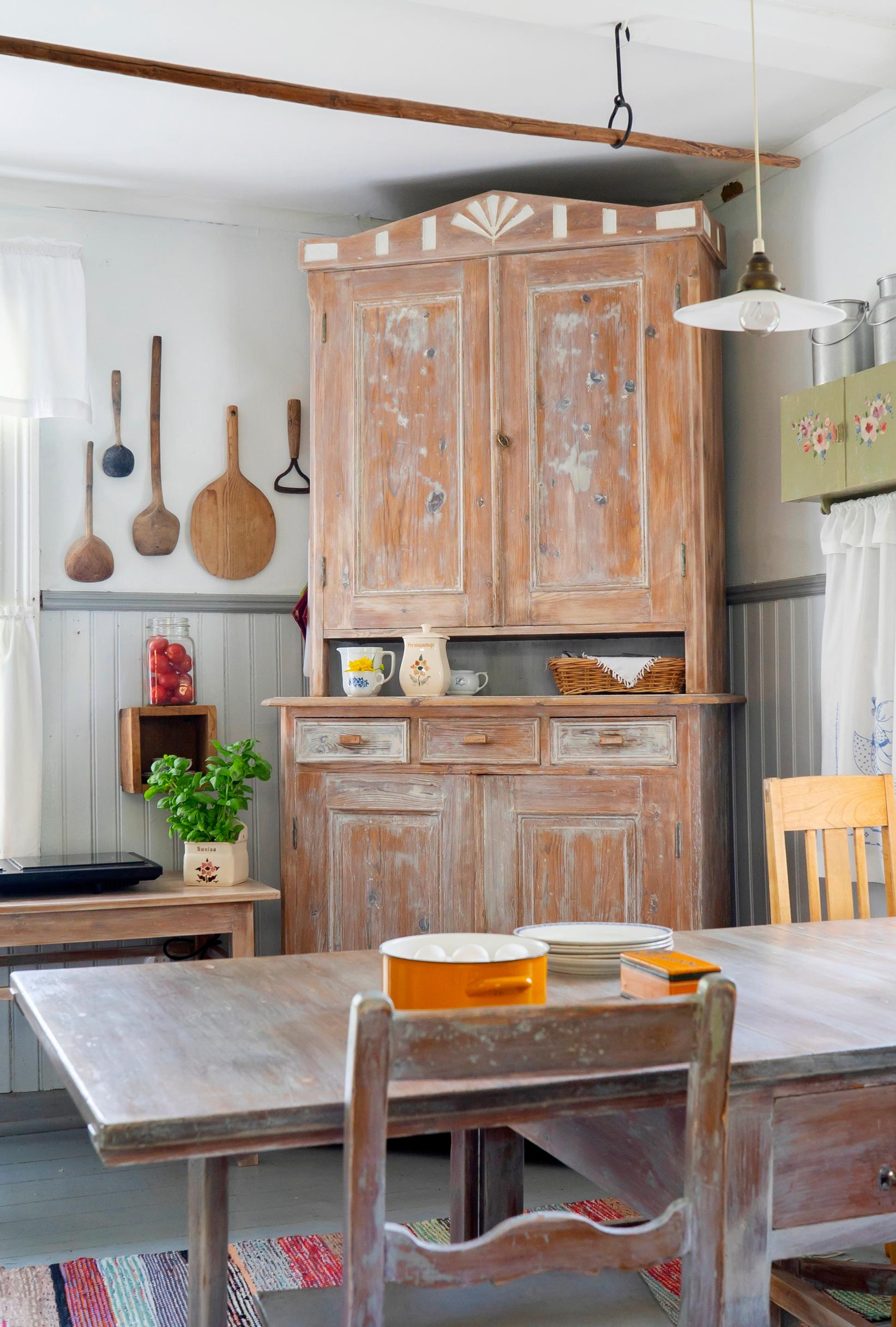
Better than ever! Restore your furniture the DIY way—check out tips that even beginners can follow
Older pieces of furniture often hold sentimental value and unique beauty. Restoring or updating them gives each piece a second chance.
The condition or color scheme of older furniture may not always meet today’s needs. In the past, leftover paint from other projects was commonly used. A cabinet might have been coated with floor paint and an older piece may have multiple layers showing the home’s various paint jobs. It’s up to you how you want to handle these layers.
Furniture restoration
Restoration means bringing back or showcasing a piece’s original features. You can remove layers of paint by sanding or gentle scraping. A knife work as a traditional scraping tool. This process can be time-consuming but patience will be rewarded.
Updating furniture
Another option is to update the piece. This could mean sanding it down to bare wood, then painting, varnishing, or waxing. Beeswax is a popular choice for older furniture, but keep in mind that it’s nearly impossible to remove or cover, and paint won’t stick to a waxed surface.
Removing paint from furniture
You can remove paint either mechanically or with a paint remover. If you’re going to repaint anyway, you may not need to strip all the old paint. Simply sand any glossy paint or varnish so the new coat can adhere to the surface. Fill dents with putty, sand smooth, then apply primer. Be sure to clean all dust and debris before painting.
Choose your tools based on the paint and surface
- For water-based paint, use a synthetic brush with slightly “broken-in” bristles. For solvent-based paint, a natural-bristle brush is best.
- A small roller works well on large surfaces. A short-nap mohair roller leaves an especially smooth finish.
- An electric paint sprayer can be a good choice for larger areas if you want a smooth result and have enough space to work. You can find a home-use sprayer at most hardware stores.
- Be aware of the risk of spontaneous combustion when working with varnish and oil. Let your tools dry properly and dispose of them safely.
Renovate old furniture carefully
- If your furniture is old or valuable, consider consulting a professional for advice.
- If the piece was stored in a cold space for a long time, let it dry out gradually. Place it on a porch first, for example. A quick change from cold and damp to warm and dry can cause older wooden furniture to crack at the joints.
- Generally, you can paint anything that doesn’t need professional restoration, such as genuine antiques. If painting seems challenging or if the piece is veneered with tough varnish, you may want to let a pro handle it. Removing varnish from veneered furniture can be tricky for beginners.
- If the furniture has dates, names, stamps, or other markings, don’t remove or cover them. These details reflect history, add charm, and boost value.



